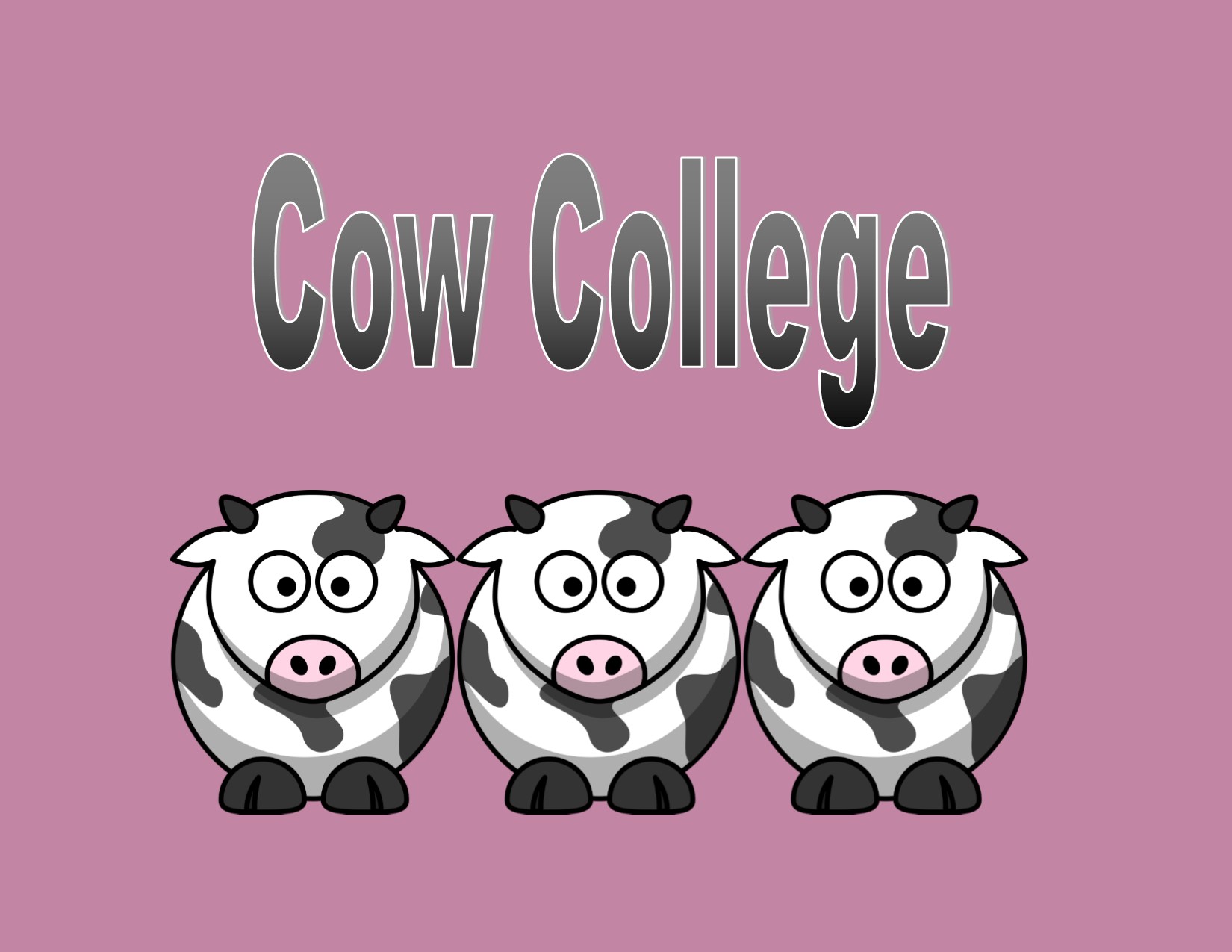The Mammary Gland and the Transition Period
UW-Extension, and more specifically the Dairy Team, are hosting the 2019 Cow College at the Fox Valley Technical College Regional Center in Clintonville, WI. A three-day course over the span of three weeks, focuses on a different topics of dairy farming. Each year the topics change, so it is not uncommon to attend multiple years of cow college.
Day 1 focused on the mammary gland and the transition period of cows. Dr. Laura Hernandez, Dairy Science Department Assistant Professor of Lactation Biology, from UW – Madison led the conversation. She has spent time studying both human and cow mammaries. Her current research focuses on the factors that regulate milk synthesis and secretion.
The group attending cow college spanned a variety of demographics, there were dairy farmers, high school students, UW-Extension employees, and non-profit employees.
Dr. Hernandez started the presentation explaining how the four, separate, mammary glands within the udder work and how they change after a cow gives birth. She discussed how epithelial cells shed differently in cows versus humans and how important hormone changes are within the animal. After the lecture, Dr. Hernandez and her graduate student conducted dissections on udders, provided by UW-Extension. There were great questions from the crowd throughout the whole program.

Process of how milk is created and stored in the udder

Donated udders pre-dissection

Group shot during dissection
After the dissection, the group headed back and learned about the transition period between lactations. The diet for cows to produce optimal milk is very important. Calcium has been shown to play a very important role in this. Cows are not only producing milk but are having to create it. The creation process is hard work and needs a lot of calories as well as the proper amount of calcium.
Having no background knowledge in cows, Connecting Our Waters learned a lot. Here are some interesting facts:
- Cows have a cistern in each mammary gland that holds 20% of milk between milkings
- There are very few nerve endings in udders
- Milk is almost completely sterile when it comes out of the udder
- What a dry-off period is – the time between lactations for a cow
- A cow needs 80 grams of calcium for optimal milking – that’s the same as a box of chalk plus four more piece
- It takes 400 gallons of blood to produce one gallon of milk
Emily Henrigillis, Connecting Our Waters
emily@fwwa.org 920-851-6472

